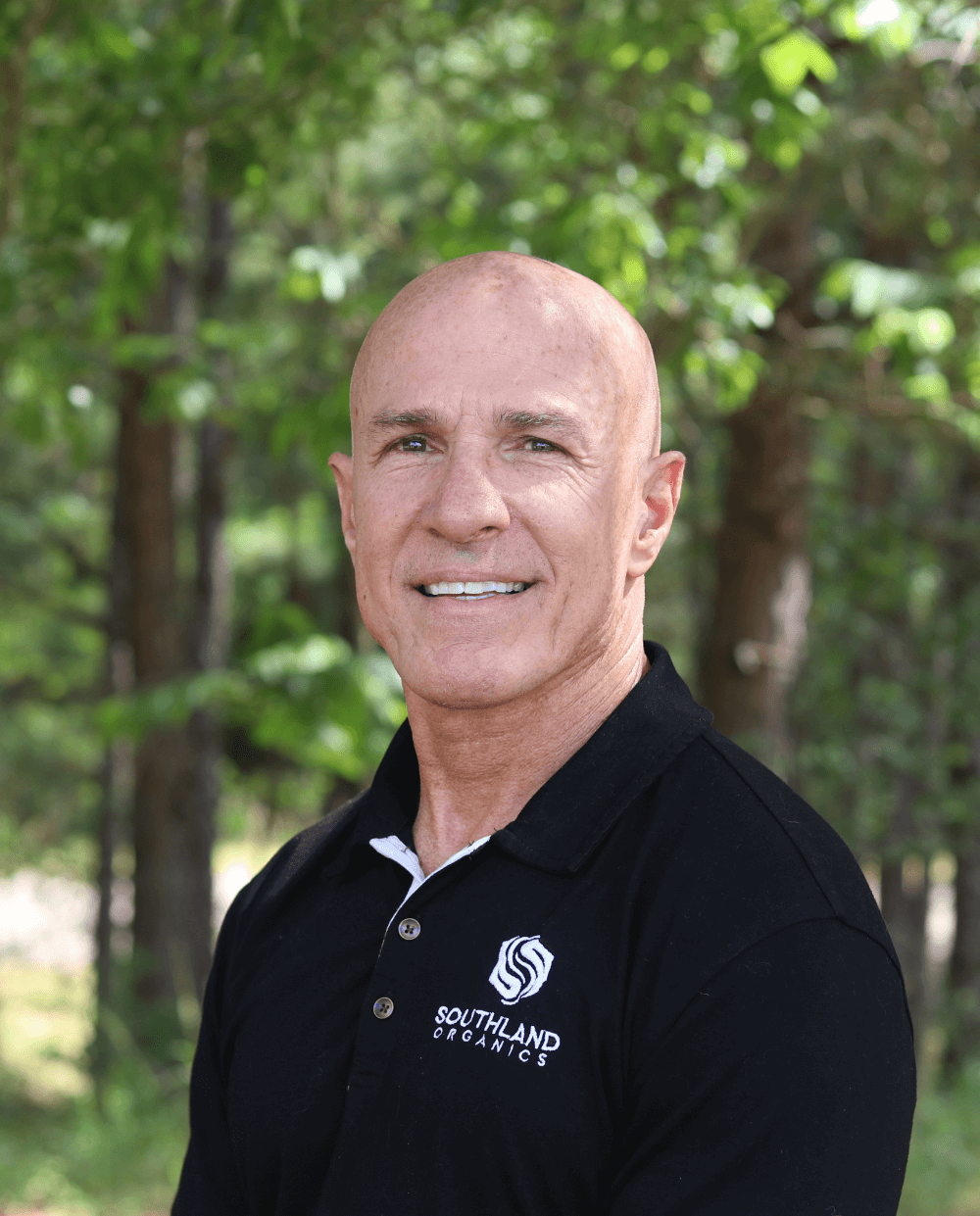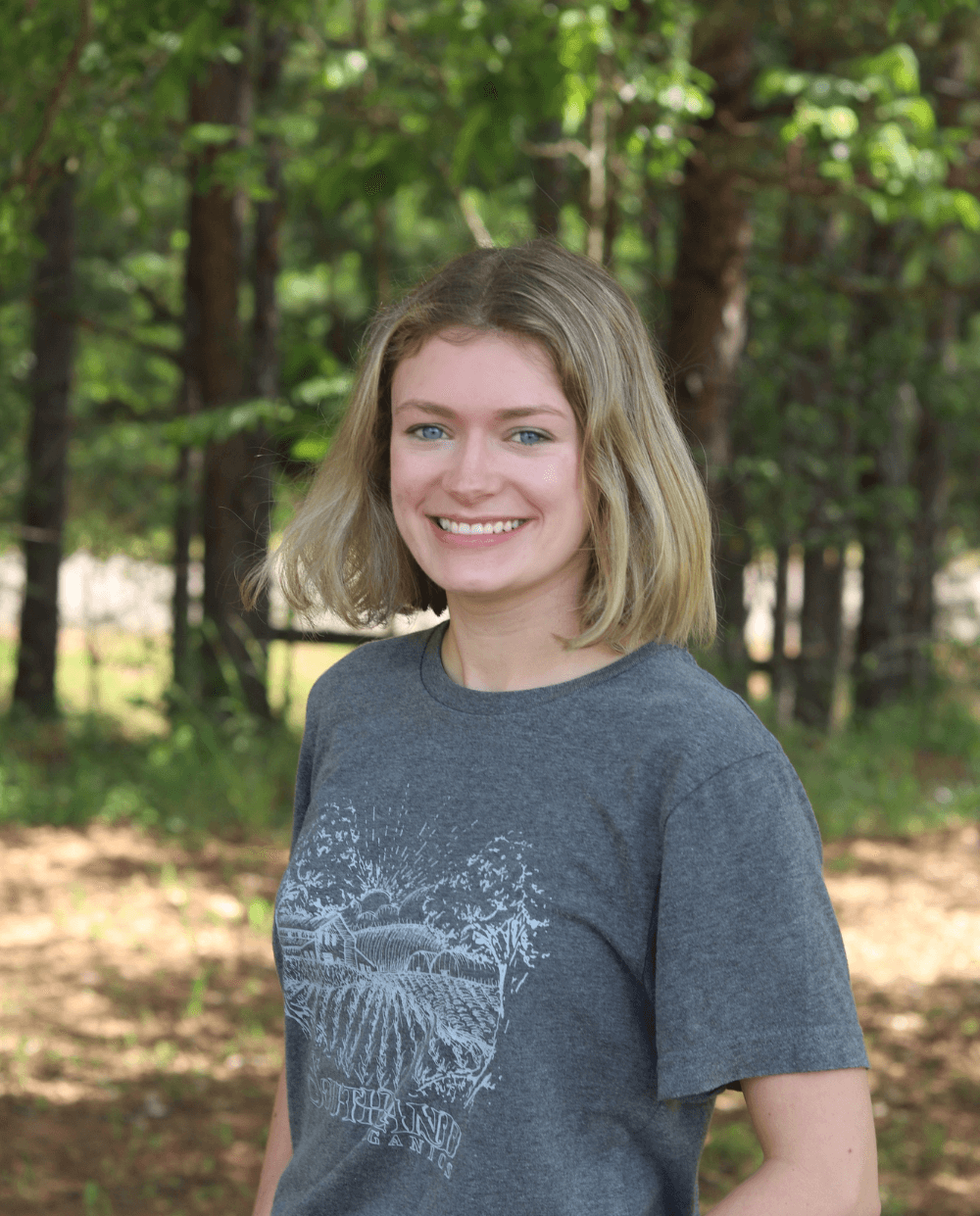What England experienced in 2001 was unprecedented. The world has not seen anything like it since, and the UK has still not fully recovered. The foot and mouth outbreak was devastating and presented authorities with multiple dilemmas. Not only did they have to stop the spread but had to deal with hundred of thousands of carcasses. One of the many burial sites was created in County Durham, England.
This was named the Tow Law burial site. Tow Law was unique in that it was closer to populations than many of the other sites. This was an intensely upsetting issue for local residents who were disturbed by unbelievable smells from the site. 500’L x 100’W x 40’D were the dimensions, and it was filled with tens of thousands of sheep, cattle and swine carcasses. The nearest house was 450 yards from the site, and the nearest school was 770 yards. School outside activities had to be abandoned because of children vomiting from the stench.
The following is the trial that was conducted with PORT: Tow Law burial site capacity 40,000 carcasses.
Department of the Environment Food and Rural Affairs (DEFRA) – United Kingdom
Tow Law Foot and Mouth Burial Site – County Durham – England.
We had previously approached DEFRA at Tow Law with a view to using PORT to control odor at the burial site and had been given approval to conduct a trial.
The trial was to take place on one burial pit approximately 150 meters long x 30 meters wide x 10 meters deep. This pit is presently about 80% full and contains 24000 sheep, cattle and pig carcasses. BOD in excess of 20000 mg has been experienced.
The pit is lined with sheeting and has 3 concrete vertical columns to enable leachate (all the blood/bodily fluids) to be pumped out to a holding tank. Thereafter, it is taken by tanker to a waste water treatment plant in Newcastle (about 50 miles away).
On arrival at the site, all the carcasses are dumped on a large concrete apron where they are literally flattened by driving over them with a front end loader. The cattle are ‘spiked’ with a heavy forklift truck to empty all stomach contents. This is not a place for the faint hearted!
The carcasses are emptied into the pit, covered in straw and plastic sheeting and a layer of earth about 500mm thick before the next carcasses are laid. The pit is now full to about 2 meters from the top and about 120 meters in length. The last carcasses received were about 2 weeks ago and the odor control consultants, MEL, have now managed to bring the odors under some sort of control.
They have been using Diox (Chlorine Dioxide) to suppress odor and also have a sprinkler system around the site, which is sending out fine jets of a pine smelling deodorant. They are not permitted to spray Diox as it is toxic, so it has to be poured onto areas where the odor is worst.
About 4 weeks ago, the pit had been bubbling on the surface with leachate but now had settled and very little surface leachate was apparent. Odor could be detected in pockets but was difficult to pinpoint except for the concrete columns, which gave off bad odors.
Solution:
With Organic Product Company’s assistance, we had calculated the surface area would require 150 liters of PORT mixed with 450 liters of water. This was mixed by MEL and applied with a high pressure hose. The surface of the pit was very dry, uneven soil, which was cracked with some patches of wet caused by rising leechate. These areas were heavily dosed although the whole surface area was covered.
The application took 4 hours and we twice ran out of mixture, refilling on each occasion with 100 liters of PORT and 300 liters of water. In total, 350 liters of PORT were used and 1050 litres of water.
Conclusion:
At the end of the application, there was general consensus that some minor improvement had been achieved. However, as the odor problems at the time of the trial were relatively mild, it was difficult to quantify the improvement. We agreed to re-assess the next morning and, again with Organic Product Company’ guidance, decided to undertake a further application if no significant improvement could be detected.
On arrival at site the following morning, the MEL site manager advised that, the previous evening, they had a small but bad spillage of leachate during pumping at another pit. The odor was awful and he was about to dose with Diox when he decided to use PORT instead. In his own words, he was amazed at how effectively and quickly the odors were controlled.
The site’s entire crew were now converts, and on revisiting the pit we had sprayed the previous day, everyone agreed that PORT had made a considerable difference. Consequently, no further spray was undertaken. We dosed a vertical column and conducted a leachate control test by spreading some on the concrete apron and spraying with PORT. All of these tests proved very successful.
We later met with the MEL contracts manager who was enthusiastically encouraged by the site crew to order PORT and we have now received confirmation of an order for 1 x 1000 liter tote.
Lessons to be learned
PORT works best when the odors are worst. If you want the attention of a client, find a really nasty problem and spray it. Diox is difficult and dangerous to use and the site crew hate it. They have suffered headaches, nosebleeds and nausea during applications. PORT can be applied with a spray and is user friendly. The site crew loves it and will use it whenever and however they can. Finally, using the world’s biggest burial site for our first PORT trial in the UK was an act of pure insanity.






